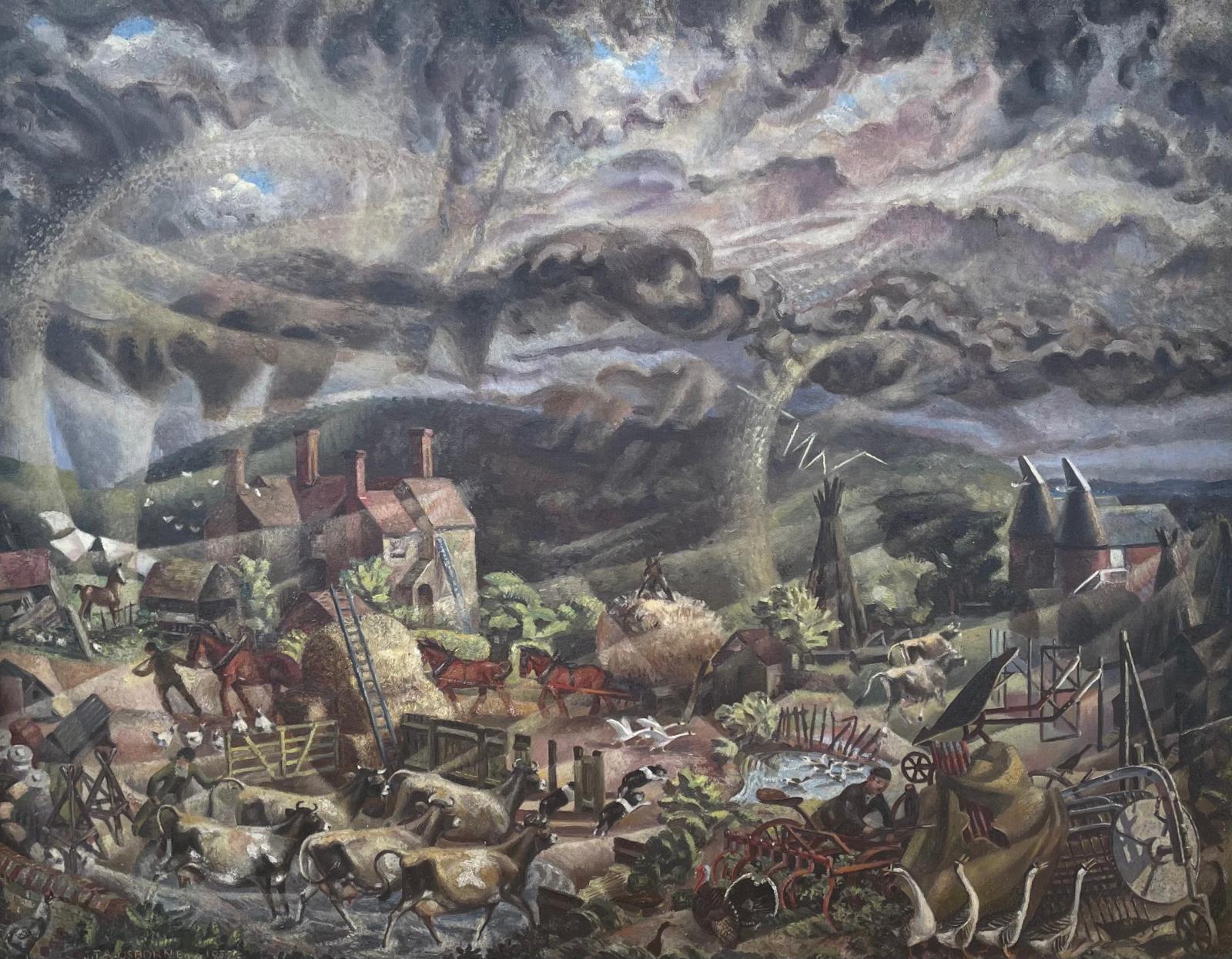Climate Change: Are You A Believer?

With the demise of religion as the metaphysics of the people, as Schopenhauer used to call it, in the western world we are witnessing the coming into being of a new religion, because, whether they realize it or not, humans need dogmas. One such new dogma is climate change. People are routinely asked, even by perfect strangers: “Are you a believer (in climate change)?” as they were once asked “Are you a believer (in God)?” Much as in the past, those who answer “No” face a grim future, ostracism at the very least.
I have been asked such a question many a time. Before giving my characteristic answer, I must warn you that I read much about ancient civilizations, which implies paleoarcheology and paleobotany. I have therefore become familiar with climate change, which, down the millennia, seems a constant rather than an emergency. When I consequently reply: “I would be surprised if climate did not change,” the zealous petitioners are usually stunned.
You can almost hear the cogs in their brains squeaking (dogmatists are not very well suited at thinking). Eventually it dawns on them that, after all, I am OK, “Then you believe?” And they look relieved.
I further reply, “No, I don’t believe; I know, from botanical and archeological evidence that the reality of climate change is the only thing that does not change, in other words, it keeps changing; periodically, the climate will get warmer or colder, sometimes just slightly, other times severely.”
Now I can see that they are lost. “How do you mean, it changes periodically? There is no proof.”
Of course there are countless proofs, I say to myself knowing that evidence and reality mean nothing to a dogmatist; aloud: “I will give you a couple of examples. Are you familiar with Göbekli Tepe?” They seldom are, if ever. I explain: “It’s a Neolithic archaeological site in Anatolia, Turkey. It’s very remarkable, in fact earth-shattering for many reasons. For what concerns climate change, it offers some exquisite paleoclimate indicators: fossilized plants that were too tender to grow in that specific area but then, as the climate warmed, they started to grow there.” I then add the really shocking bit, that is, for the dogmatist: “Surely you don’t think it was Neolithic man with his bonfires to cause global warming?”
There is nothing more odious than evidence. And that is just one of many, many examples. At the other end of the scale, there are, as another example, “The Extreme Weather Events of 535–536; have you heard of them?”
Wouldn’t you know it? They seldom have, if ever. “They were the most severe and protracted episodes that we know of cooling the Northern Hemisphere in the last many centuries. Possibly a large volcano eruption caused a dust veil whose widespread effects are unthinkable. It’s likely that the Vikings stopped being farmers because, with such cool summers, they could no longer farm, and started invading countries. Again, such a volcanic winter was not caused by man.”
The dogmatists feel their dogma crumble, but believe they must.
The examples known to us would fill many books; climate change has been a constant. But here comes the common misunderstanding. “You hate the Plante,” some of the zealous dogmatists usually conclude.
On the contrary, I am very much in favor of lowering pollution as much as possible and then some. There are an estimated three trillion trees on Earth—about half the number estimated for twelve thousand years ago. Every year five billion trees are planted, fifteen billion are cut. This should be definitively reversed. By absorbing carbon dioxide as part of the photosynthesis process and turning it into oxygen, and by evaporating water into the air, trees cool the planet. However, 80% of the oxygen produced by trees is not released in the atmosphere but rather stays in the jungles and in the forests. Even more consequential, in fact far more, are marine plants, whose oxygen is almost wholly released into the atmosphere. Marine plants are the true lungs of this planet. I also advocate using recyclable glass in lieu of plastic; it would be a huge step forward. Tending to the seas, and to the forests, and to the soil and water of our beautiful Planet is the only natural way to go.
In my lifetime I have planted hundreds of trees and shrubs, from the subtropical climate of South Florida to the suboceanic climate of Lake Como; from Virginia and Maryland to Liguria and Umbria—and I have written the memoirs of a two thousand-year-old yew tree by collaborating with world-class botanists and naturalists, as well as the memoirs of an eon-old river, the Po, by collaborating with eminent hydrologists and historians. Having said that, the way to live in harmony with nature does not lie in dogmatic terrorism about climate change. Such an anthropocentric Weltanschauung reeks of the tritest determinism. Man has screwed up the Earth; man can fix the Earth. We are, in fact, ants at the mercy of the whims of nature. All it takes is a major volcanic eruption, or a large meteor hit, and we’d be facing the apocalypse. Göbekli Tepe itself, in fact, probably tells the tale of an ice age-inducing comet collision.
Our western theoeccentric society yearns paradoxically to replace the religion it phased out with another religion, it too based on arbitrary dogmas. The best way would be to inspire a love for nature that can only come natural to us humans as we are part of it. Inspiration, not terrorism, is the way to remind us of our unalienable connection.